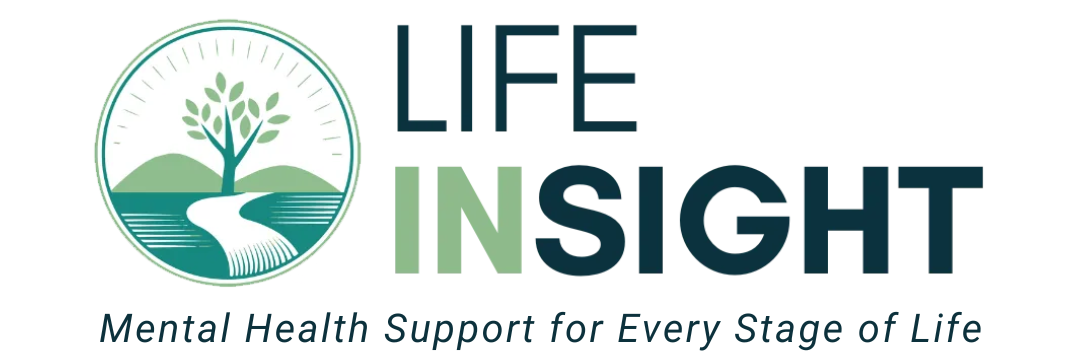Fostering Family Harmony: Reducing Tension and Building Understanding in the New Year
Fostering Family Harmony: Reducing Tension and Building Understanding in the New Year
The start of a new year brings a sense of renewal and possibility, making it an ideal time for families to reflect on their relationships and set intentions for the future. It’s a chance to identify what’s working well, address challenges, and create a more harmonious home environment. At LifeInsight in Cresskill, NJ, we’re dedicated to helping families strengthen their connections and improve their well-being.
A Fresh Start for Families
The New Year offers an opportunity for families to prioritize their relationships. Whether it’s carving out time for meaningful conversations, improving communication, or tackling unresolved conflicts, small, intentional changes can make a big difference. For some, seeking outside support through therapy can be a powerful step toward fostering healthier dynamics and building stronger bonds.
Common Challenges Families Face
Family life can be both rewarding and challenging. Miscommunication, unmet expectations, or unresolved conflicts are common sources of tension. External stressors, like work demands, school responsibilities, or financial pressures, often add to the strain. Recognizing these challenges is the first step toward finding effective solutions and creating a more peaceful home environment.
Simple Ways to Reduce Tension
Creating a harmonious family environment doesn’t require a complete overhaul—sometimes small adjustments can have the biggest impact. Here are a few strategies that can help:
- Communicate Openly: Encourage every family member to share their thoughts and feelings in a supportive and nonjudgmental setting.
- Listen Actively: Show respect by genuinely listening to one another without interrupting.
- Set Boundaries: Define clear expectations and respect personal space to reduce misunderstandings.
Plan Family Check-Ins: Regularly come together to discuss successes, challenges, and goals as a family.
For those navigating ongoing challenges, family and parent therapy provides a neutral and supportive space to explore deeper issues and develop practical solutions.
How Therapy Supports Families
Family and parent therapy focuses on improving communication, resolving conflicts, and fostering understanding. It’s particularly helpful during times of change or stress, such as a major life transition or a shift in household dynamics. Family and parent therapy offers tools to navigate these moments and helps families work together to overcome challenges.
At LifeInsight, we also offer individualized care and therapy, which focuses on equipping parents with strategies to better connect with and support their children. Whether it’s addressing behavioral issues, navigating adolescence, or improving communication, parent therapy can empower families to create a stronger foundation for growth.
A Closer Look at Parent Therapy
Parent therapy at LifeInsight is designed to help caregivers handle the complexities of raising children in today’s fast-paced world. For example, a parent managing a teenager’s academic pressures or guiding a younger child through emotional challenges can benefit from practical strategies tailored to their situation. These tools not only help parents feel more confident in their roles but also foster trust and understanding within the family.
Start the New Year with Intention
This New Year, consider how your family can grow closer and build stronger connections. At LifeInsight we’re here to guide you through the journey. Whether you’re exploring therapy for the first time or looking to strengthen your family’s relationships, we’re here to help.
Contact us today to learn more about how we can support your family’s well-being and start the year on a positive note.





